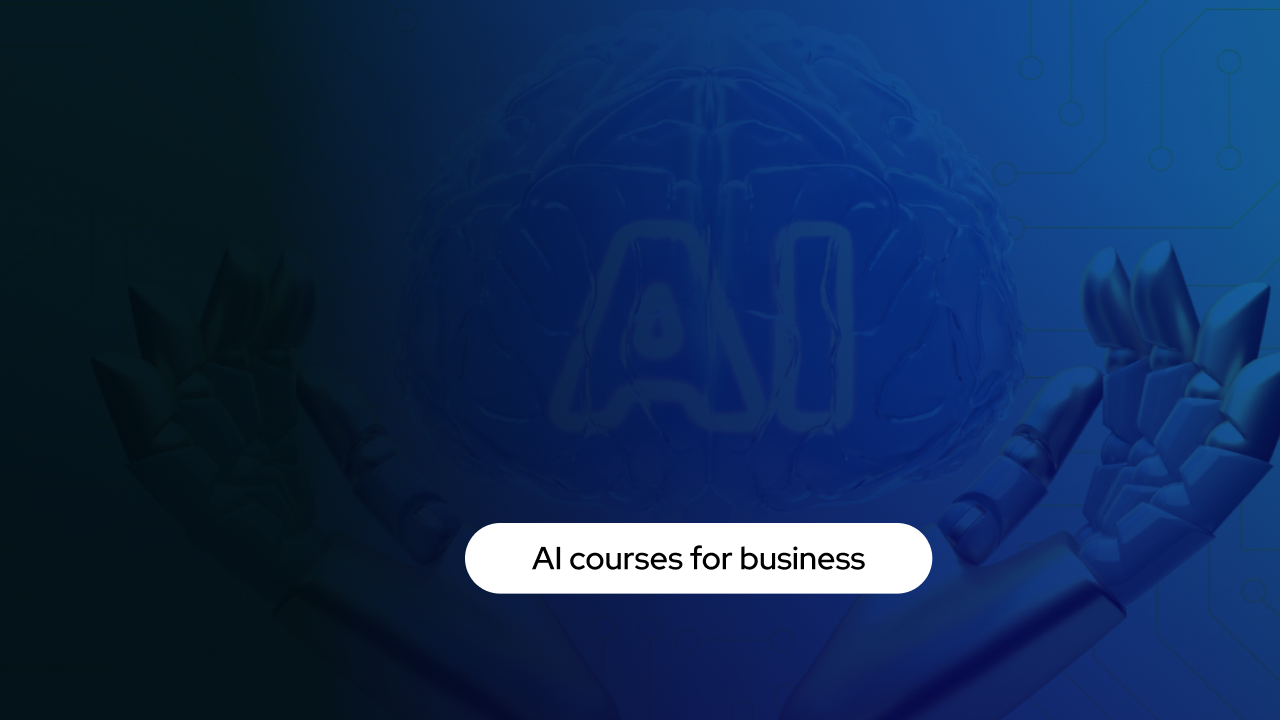Mars Missions and AI: Pioneering Humanity's Path to the Red Planet

The dream of sending humans to Mars has captivated our imaginations for decades. In recent years, this dream has come closer to reality, thanks in large part to the integration of artificial intelligence (AI) in Mars missions. AI has revolutionized space exploration, enabling us to send spacecraft to the Red Planet with unprecedented precision, safety, and efficiency. In this article, we'll explore how AI is playing a pivotal role in advancing humanity's quest to reach Mars.

AI and Autonomous Navigation on Mars
One of the most remarkable achievements in recent Mars missions is the use of AI to enable autonomous navigation for rovers and landers. The vast distance between Earth and Mars means that real-time communication delays can be significant, making it impractical to control every movement remotely. AI has filled this gap by allowing these spacecraft to make decisions on their own.
Mars rovers, like Curiosity and Perseverance, utilize AI algorithms to analyze images of the terrain and plan their routes autonomously. They can identify obstacles, select safe paths, and even make decisions about which rocks or features to investigate further. This level of autonomy significantly increases the efficiency of Mars exploration.
AI in Scientific Discovery
Table 1 highlights the Mars Reconnaissance Orbiter (MRO), which has been orbiting the Red Planet since 2006. This spacecraft carries advanced AI systems that help process the immense volume of data it collects. AI algorithms assist in identifying Martian weather patterns, analyzing terrain features, and even spotting potential landing sites for future missions.
AI has also played a crucial role in the analysis of Martian soil and rock samples. The upcoming ExoMars Rover will employ AI-driven drilling and sample analysis to search for signs of life and past habitability on Mars. These autonomous systems will enable the rover to make real-time decisions about sample collection and analysis, greatly enhancing its scientific capabilities.
The Ingenuity Helicopter: A Flying AI Marvel
Ingenuity, the Mars Helicopter, has captured the world's attention as it achieved the historic feat of powered flight on another planet. AI is at the core of Ingenuity's ability to navigate and adapt to the Martian environment. It autonomously plans and executes its flights, making split-second decisions to avoid obstacles and maintain stability in the thin Martian atmosphere.
Conclusion
The combination of AI and Mars missions is a testament to human innovation and technology's ability to overcome the challenges of interplanetary exploration. As we continue to push the boundaries of space exploration, AI will remain a critical tool in our quest to uncover the mysteries of Mars and pave the way for future human missions. With each mission, AI takes us one step closer to turning the dream of a human presence on Mars into a reality. Mars is not just the Red Planet; it's a proving ground for the power of AI and human determination.

In conclusion, the marriage of AI and Mars exploration is ushering in a new era of space exploration, where the boundaries of what we can achieve continue to expand. As we look forward to future missions to Mars and beyond, the role of AI in advancing our understanding of the cosmos is only set to grow, inspiring generations to come.




